
Top Sellers
Top 50 Best Newest Supplements Top Protein Top Pre-Workout Top Post-Workout Top Fat Loss Top Intra-Workout Top Health & Wellness Bodybuilding Books
Workout Accessories
Videos
Workout Music
Bodybuilding Books
Workout Accessories
Videos
Workout Music
Ads
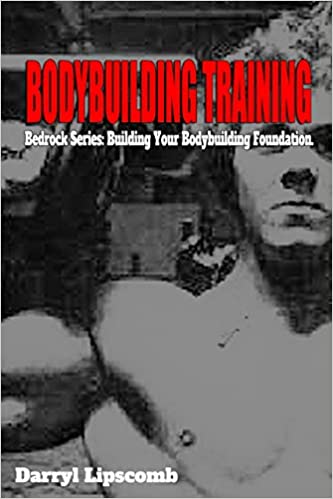
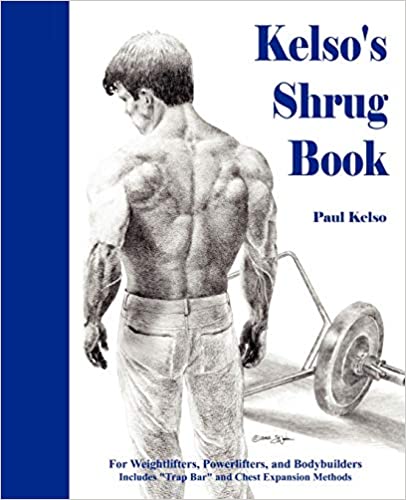


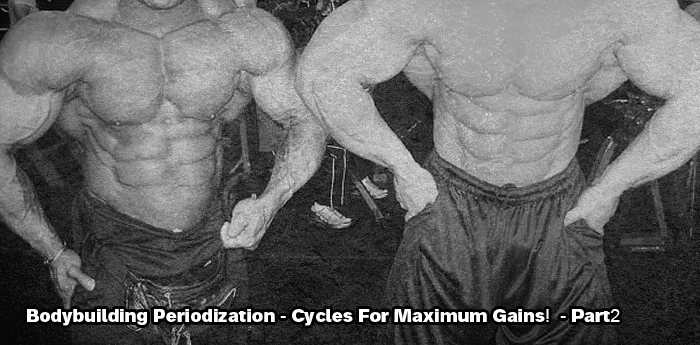
 By: Luis Berrios
By: Luis Berrios
Here let's explain more in depth how periodization works. Let's built a program around 4 months frame.
Four different cycles were tested to determine which produced the superior sport results as measured by improved proficiency in competition: All four employed three 6-week stages (mesocycles):
Clearly, in the short run (over six weeks), Cycle #4 was superior. In the long run (over an entire 18 week mesocycle), Cycle #1 proved to be the best.
Now, I deemed it appropriate to start off with this example because it is so utterly exemplary of the tremendous value of short-term periodization in your training. Long-term periodization is no less effective. Long-term periodization involves a carefully planned approach to one's entire sports career. You may not be an Olympic weightlifter, a shot putter or a high jumper, maybe you're a bodybuilder.
First, the nuts and bolts of periodization, what it is, and how to construct one for your own unique body.
Before beginning, there's a few "unique" words used in periodization training that you should be familiar with. A "macrocycle" is an entire training cycle (for bodybuilders, an entire year). Macrocycles are divided into "mesocycles" because as your training progresses, and you begin to make gains, your training objectives change accordingly.
For bodybuilders, a mesocycle would be one training cycle leading up to a contest. Mesocycles are further broken down into "microcycles". Each of your "body parts" -- legs, chest, arms, and so forth -- has its own unique recovery ability, and therefore require unique microcyclic fluctuations in training intensity levels. The entire system is called "Short-Term Periodization". Here's a list of recovery facts to remember when planning your next training cycle using the short-term periodization approach:
Having listed this recovery and training facts, it's clear as to why you must divide your training into periods. Here then are some of the important basics regarding the theory behind the need to periodize your training:
The training methods you employ must be systematically ordered such that each "period" of training gets your body and mind ready for the next period -- a foundational approach. As your competition draws nearer and nearer, your training objectives change, and therefore your training methods change commensurably. For example, it is wise to establish a foundation of limit strength first so that your speed training can be accomplished safely.
Long-term periodization is a bit different in scope but not in philosophy. The scope encompasses an entire career in sports, but the philosophy is still one of planned progression. One's career in sport is segmented approximately this way:
Here are a few laws that I found few years ago in a bodybuilding magazine and called my interest:
Let's get one thing clear right now. If you periodize your training for maximum efficiency, every one of these laws will be obeyed. There is no other way but the BEST way. On the other hand, I've seen some pretty dismal training garbage in the past that has been referred to as a "periodized" program. It may have been periodized, but it certainly wasn't the BEST! In like fashion, if you do NOT periodize your training, there is NO WAY you can ever hope to have the BEST training system possible.
The example of contest preparation describeD graphically below illustrates how each "mesocycle" is designed to prepare you for the next "mesocycle." Remember, though, your progress must be ever-upward. That's the beauty of this system! It requires that you follow the basic principle of "progressive" resistance body part per body part at the microcyclic level.
Important: The time between your workouts -- which includes both recovery and super compensation processes -- will vary anywhere from a day to as many as 6 or 7 days, depending upon, a) individual recuperative ability, b) efficient use of supplements, diet, rest and other restorative techniques, c) size and type of muscle, d) severity of the overload (especially the severity of the eccentric phase of muscle contraction), and e) gender and age.
If you train again before recovery is complete you will overtrain. If you train again after super compensation is at maximum, you'll make gains, but now here nearly as efficiently. That is because, by that time, atrophy has begun.
Bodybuilders follow the same laws of training as any other group of athletes, but with a few critical alterations. These differences arise because in all of sports, only bodybuilding places an absolute premium on muscle hypertrophy processes -- it is the entire point of the sport.
| Body Part | Days of Rest After "A" Workouts | Days of Rest After "B" Workouts | Days of Rest After "C" Workouts |
| Chest | 2 Days Rest | 3 Days Rest | 4 Days Rest |
| Shoulders | 2 Days Rest | 3 Days Rest | 4 Days Rest |
| Traps | 3 - 4 Days Rest | No Workout | No Workout |
| Lower Back | 3 Days Rest | 4 Days Rest | No Workout |
| Upper Back | 2 Days Rest | 3 Days Rest | 4 Days Rest |
| Biceps | 2 Days Rest | 3 Days Rest | 4 Days Rest |
| Triceps | 2 Days Rest | 3 Days Rest | 4 Days Rest |
| Midsection | 2 Or 3 Days Rest | No Workout | No Workout |
| Quads | 3 Days Rest | 4 Days Rest | 5 Days Rest |
| Hams | 3 Days Rest | 4 Days Rest | 5 Days Rest |
| Calfs | 2 Or 3 Days Rest | No Workout | No Workout |
| Forearms | 2 Or 3 Days Rest | No Workout | No Workout |
Down Load And Use
Musclesport.Net Workout Recovery Cahrt
The time between "C" workouts will vary anywhere from 9 days to as many as 16 days. The "A" and "B" workouts between the "C" workouts must be relatively devoid of damaging eccentric contraction in order to allow Type IIb muscle fibers a chance to once again appear. The "C" workout will emphasize eccentric movements, forcing fusion between these fibers and surrounding satellite cells (called "hypertrophy").
Incidentally, the Type IIb fibers are critical to athletes such as powerlifters, weightlifters, shot putters and jumpers. That is why a full 2 weeks or so respite from damaging eccentric movements must be taken before the day of competition. Detraining is easily avoided by weight training with concentric movements only.
For bodybuilders, as with other athletes, if you train again before recovery is complete you will overtrain. The difference is in the way bodybuilders must handle eccentric movements and their damaging effects upon muscle cells (especially the highly fatigable, easily destroyed IIb fibers).
That's a personal thing. You can adjust it to fit your specific recuperative capabilities as you learn more about how your body responds to the schedule. You may find that you can recover faster, so more frequent C workouts -- or fewer A's and B's -- are called for. Or maybe you Type IIb fibers aren't recovering enough in a specific body part between your C workouts, so you add an A or a B. That's appropriate. The precise pattern is something only personal experience can show you.
"A" Workouts are characterized by ample rest between sets in order to restore ATP, clear lactic acid and restore normal heart rate. This is a very low intensity workout designed primarily to avoid detraining effects while waiting for the "C" Workout. Concentrate on training each bodypart according to how mother nature intended the muscle(s) involved to contract (e.g., with speed, limit strength or both).
The exercises performed for the larger muscle groups should be devoid of eccentric contractions to the greatest extent possible. If you don't have the technology (e.g., isokinetic equipment) to make this possible, at least de-emphasize the eccentric phase by lowering the weight very rapidly. For forearm, calf and midsection work, this does not apply because they're principally red (Type I) muscle fibers, making them highly resistant to fatigue and micro trauma.
Also, it is not generally feasible to perform midsection, calf or forearm movements explosively, as these muscle groups involve very short ranges of motion. In general, chest, biceps, and hamstrings movements are done explosively, while triceps, delts and quads are built for both speed and strength. Your back, lats and smaller muscle groups should be worked for strength.
"B" Workouts are moderate intensity workouts designed primarily to avoid detraining effects while waiting for the "C" workout. The principal aim of this workout is to ensure that muscle size is not lost from myofibrillar, mitochondrial and sarcoplasmic atrophy. As with "A" workouts, the exercises performed for the larger muscle groups should be devoid of eccentric contractions to the greatest extent possible. If you don't have the technology (e.g., isokinetic equipment) to make this possible, at least de-emphasize the eccentric phase by lowering the weight very rapidly.
"C" Workouts are called "holistic" sets. This is a maximum intensity workout, particularly because it is grueling and because eccentric movements are emphasized maximally. It is performed nonstop, combining 2 or more exercises into one "giant" set. In other words, CONTINUOUS changing back & forth from explosive, heavy movements to slow, continuous tension movements with lighter weights. No rest between 5s, 12s and 40s is allowed. Do a total of about 200 reps nonstop. Repeat this holistic set once if you feel up to it, but no more. It's possible to do this many repetitions because the muscle fibers involved in the explosive movements are not the same ones that are targeted in the slower movements.
So, while you're doing slow movements using red (slow-twitch) muscle fibers, for example, the muscle fibers you just got through exercising with explosive reps (white, fast-twitch muscle fibers) are recovering. It is not necessary to perform calf exercises holistically. Also, holistic sets are not used in forearm, midsection or calf training. Because your low back is so susceptible to injury, you will do well to avoid holistic training there as well.
| Body Part | "A" Workouts | "B" Workouts | "C" Workouts |
| Chest | 2 days rest Bench press |
3 days rest Bench Press Cable Crossovers |
4 days rest Bench Press Dumbbell Bench Press Cable Crossovers |
| Shoulders | 2 days rest Dumbbell Raises (front & lateral) |
3 days rest Same |
4 days rest Dumbbell Raises (do front & lateral separately) |
| Traps | 3 or 4 days rest Barbell Shrugs |
||
| Lower Back | 3 days rest Back Extensions |
4 days rest Same |
(No "C" Workouts) |
| Note: If you work the lower back on the same day as legs, is OK, but you should never do lower back workout the day before or after leg workouts | |||
| Upper Back | 2 days rest Bent Over Rows Lat Pulldowns |
3 days rest Bent Over Rows Lat Pulldowns |
4 days rest Bent Over Rows Low Cable Pulley Lat Pulldowns |
| Biceps | 2 days rest Barbell Curls (straight bar) |
3 days rest Seated Incline Curls |
4 days rest Dumbbell Curls Preacher Curls |
| Note: While it's OK to work biceps on the same day as upper back, you should never do biceps the day before or the day following upper back workouts | |||
| Triceps | 2 days rest Pushdowns |
3 days rest Pushdowns French Presses |
4 days rest Close-Grip Bench Press Nose Crushers Pushdowns |
| Note: While it's OK to work triceps on the same day as chest, you should never do triceps the day before or the day following chest workouts | |||
| Abs | 2 or 3 days rest Weighted Crunches |
||
| Legs | 3 days rest Squats |
4 days rest Squats Leg Extensions |
5 days rest Squats Leg Extensions |
| Hamstrings | 3 days rest Deadlifts (lower bar to knees) |
4 days rest Leg Curls |
5 days rest Deadlifts Leg Curls |
| Note: Quads and hamstrngs workouts typically best if done together | |||
| Calfs | 2 or 3 days rest Standing Calf Raises |
Same | 4 days rest Standing Calf Raises Seated Calf Raises |
Click Here For PART 1
Tags: bodybuilding life workout programs
Thank You!
Send Us Your Comments:
Bodybuilding Periodization - Part 2 - Comments
Sponsored Products:
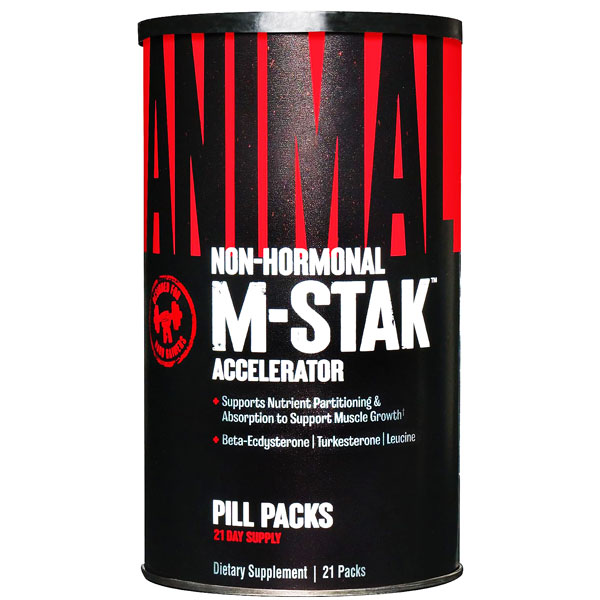
ANIMAL
M-STAK
Non-hormonal Anabolic Agent!
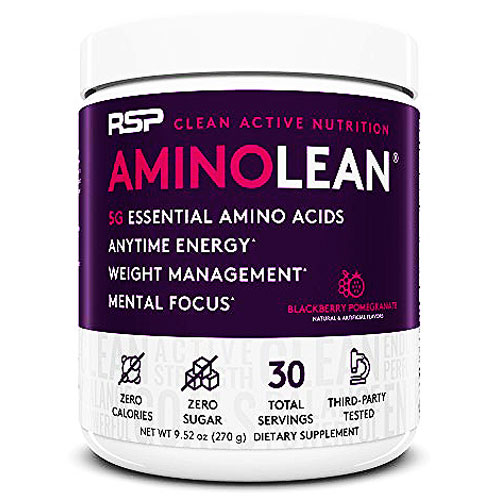
RSP Nutrition
AminoLean
All-in-One Pre Workout!

MuscleTech
Burn iQ
Clean Energy & Cognition!
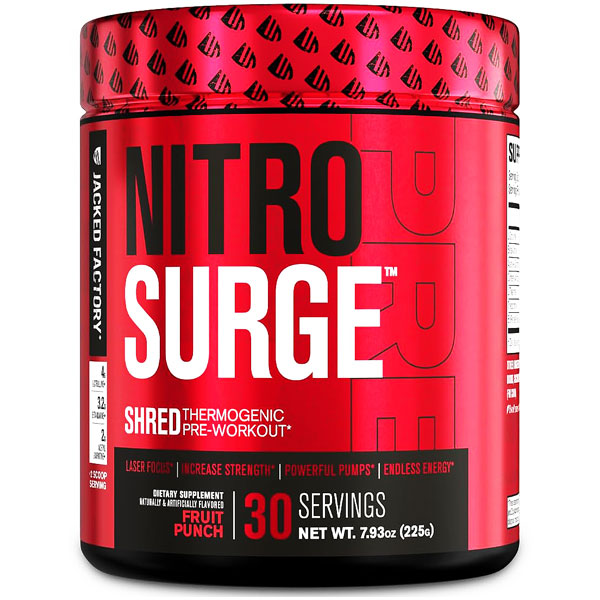
Jacked Factory
NITROSURGE SHRED
Pre-Workout Fat Burner!
Comments:

NonEcho
Men Sauna Vest
Hot Sweat Waist Trainer!
Price: $25.99 Get Yours
Get Yours
SOLE Fitness
F63 - F85, TT8 Treadmill
Incline, Bluetooth, Foldable Treadmill Option, Treadmills for Home, Work from Home Fitness, Running and Walking!
Price: $2,299.99 Get Yours
Get Yours